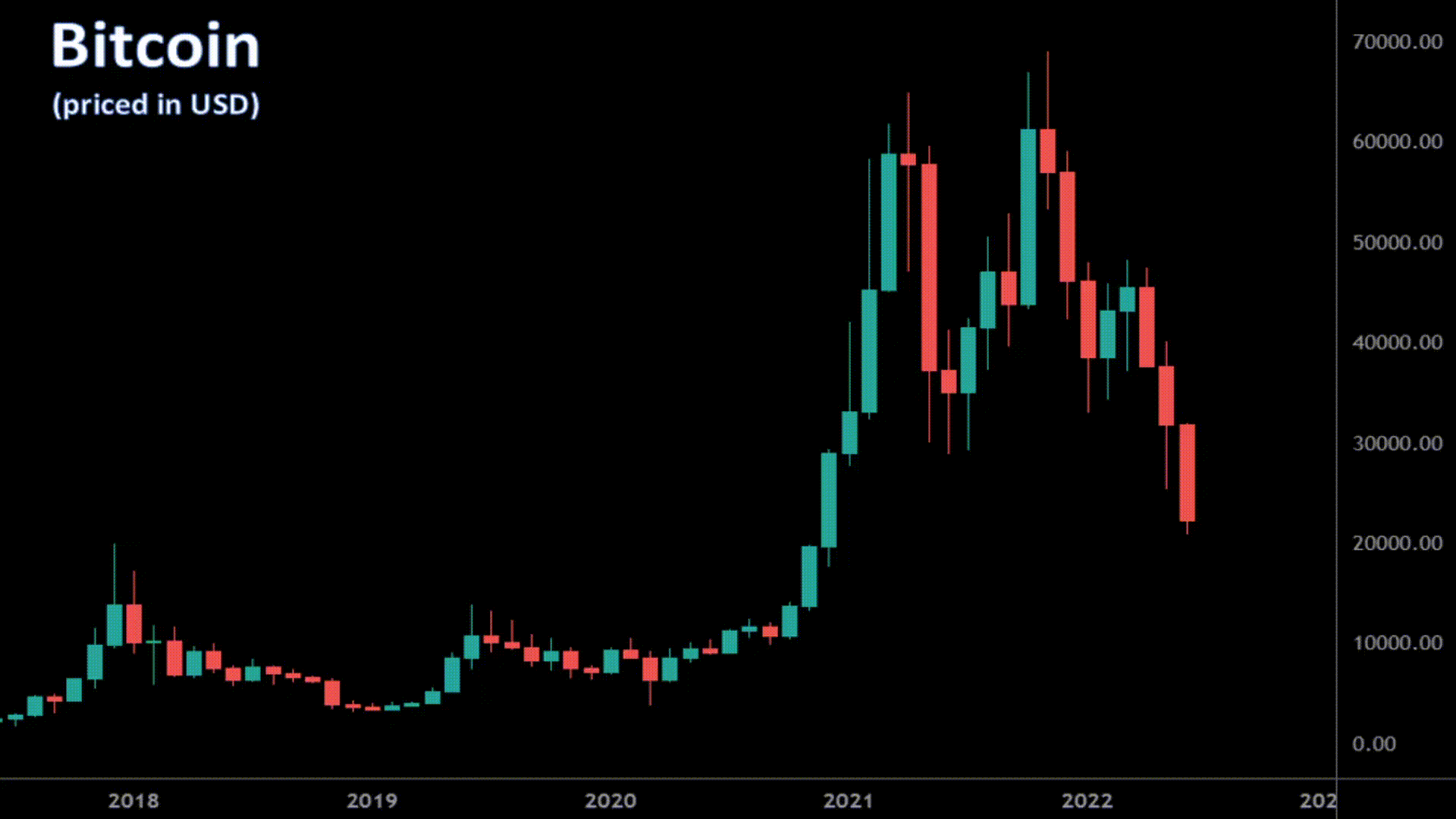Disrespectful Gif: The Ultimate Guide To Using Memes Without Crossing The Line
Let's be real for a second, folks. Disrespectful gifs have taken over the internet, and whether you love them or hate them, they're everywhere. From office banter to social media arguments, these animated snippets pack a punch. But here's the thing—when does humor cross the line into disrespect? If you're scratching your head wondering where that boundary lies, you're in the right place. We're diving deep into the world of disrespectful gifs, exploring what they are, how to use them wisely, and why they matter.
Now, let's face it, we've all seen those moments where someone drops a gif that makes everyone awkwardly chuckle. It's like walking a tightrope between comedy gold and straight-up insult. But hey, before we dive into the nitty-gritty, let's talk about why disrespectful gifs are such a hot topic. Whether you're a casual meme enthusiast or a professional communicator, understanding this trend is key to navigating today's digital landscape.
Here's the deal: the internet moves fast, and trends come and go like waves in the ocean. Disrespectful gifs are one of those trends that have stuck around because they tap into something universal—our shared human experience of humor, frustration, and everything in between. So buckle up, because we're about to break it all down for you.
- Discovering The Age Of Hugh Jackman A Journey Through Time
- Sabrina Carpenters Height The Fascinating Truth Behind Her Tall Stature
What Are Disrespectful Gifs Anyway?
Let's start with the basics. Disrespectful gifs are those quick animations or short video clips that convey a message, often sarcastic or mocking, aimed at someone or something. Think of it as the modern-day equivalent of rolling your eyes, but amplified by technology. These gifs can range from playful jabs to outright offensive content, depending on context and delivery.
In the world of internet communication, gifs have become a staple. They add personality to conversations, convey emotions quickly, and sometimes even replace entire sentences. However, when it comes to disrespectful gifs, the line between cleverness and rudeness can blur. That's why understanding their purpose and impact is crucial.
Why Do People Use Disrespectful Gifs?
People use disrespectful gifs for a variety of reasons. Some do it to lighten the mood during tense discussions, while others employ them as a form of digital shade-throwing. Here are a few common motivations:
- Unveiling The Height Of A Fighter How Tall Is Conor Mcgregor
- Unveiling The Roots The Story Of Channing Tatums Parents
- Humor: A well-placed disrespectful gif can make a conversation more entertaining and engaging.
- Expression: Sometimes words fall short, and a gif can perfectly capture what you're feeling.
- Social Commentary: These gifs often highlight societal issues, making them a powerful tool for critique.
- Banter: Among friends, disrespectful gifs can strengthen bonds through playful teasing.
But remember, context is everything. What works in one setting might completely backfire in another. Keep reading to learn how to strike the right balance.
Is Using Disrespectful Gifs Always Wrong?
Not necessarily. While disrespectful gifs can be problematic if used improperly, they aren't inherently bad. Like any tool, their effectiveness depends on how they're wielded. In certain environments, such as close-knit groups or online communities that share similar values, these gifs can foster camaraderie and shared laughs.
However, in professional or formal settings, using disrespectful gifs could create unnecessary tension. Imagine dropping a sassy gif in a work email—it might not go over well with your boss. So, while there's nothing inherently wrong with using these gifs, it's important to consider the audience and setting.
Key Factors to Consider
Before hitting send on that next gif, ask yourself these questions:
- Who am I communicating with? Is it a friend, colleague, or stranger?
- What's the context? Is this a casual chat or a serious discussion?
- Could this be misinterpreted? Would someone take offense to this gif?
By taking a moment to reflect on these factors, you can avoid potential misunderstandings and ensure your message lands as intended.
The Psychology Behind Disrespectful Gifs
There's actually some fascinating psychology behind why we use disrespectful gifs. At its core, humor serves as a coping mechanism, allowing us to process emotions and navigate complex social situations. When we share a disrespectful gif, we're often trying to achieve one of two things: connection or detachment.
On the one hand, using a gif to mock a shared experience can create a sense of unity. For example, if you and a friend both hate waking up early, a sassy gif about sleep deprivation might bring you closer together. On the other hand, disrespectful gifs can also serve as a way to distance ourselves from uncomfortable truths or difficult conversations.
How Disrespectful Gifs Impact Relationships
While these gifs can strengthen bonds, they can also strain relationships if used carelessly. If someone feels attacked or belittled by a gif, it can lead to resentment and damaged trust. That's why it's essential to approach this form of communication with empathy and awareness.
Research shows that humor, when used appropriately, can enhance interpersonal relationships. However, when it crosses into disrespect, it can have the opposite effect. A study published in the Journal of Communication found that sarcastic or mocking messages were more likely to cause conflict than neutral ones.
When Do Disrespectful Gifs Go Too Far?
Alright, let's get real for a second. There's a fine line between playful teasing and outright cruelty. So, when exactly do disrespectful gifs go too far? Here are a few red flags to watch out for:
- Targeting Personal Characteristics: Mocking someone's appearance, race, gender, or disability is never okay.
- Repeating Harmful Stereotypes: Using gifs that perpetuate negative stereotypes can reinforce prejudice.
- Ignoring Boundaries: If someone expresses discomfort with a gif, respect their feelings and stop using it.
Remember, just because something seems funny to you doesn't mean it will land the same way with others. Always prioritize respect and understanding in your interactions.
Examples of Problematic Gifs
Here are a few examples of gifs that might cross the line:
- Gifs that mock mental health struggles, such as anxiety or depression.
- Gifs that rely on derogatory language or slurs.
- Gifs that make light of serious issues, like violence or abuse.
If you're unsure whether a gif is appropriate, err on the side of caution. There are plenty of hilarious and harmless options out there—no need to risk offending someone.
How to Use Disrespectful Gifs Wisely
Now that we've covered the potential pitfalls, let's talk about how to use disrespectful gifs in a way that's both effective and respectful. Here are a few tips:
- Know Your Audience: Tailor your gif choices to the people you're communicating with.
- Choose Context-Appropriate Content: Make sure the gif fits the tone and subject matter of the conversation.
- Be Mindful of Power Dynamics: Avoid using gifs that could be perceived as bullying or condescending.
By following these guidelines, you can enjoy the fun of disrespectful gifs without causing harm or conflict.
Best Practices for Gif Selection
When selecting a gif, consider the following:
- Does this gif add value to the conversation?
- Will it be perceived as playful or offensive?
- Is it relevant to the topic at hand?
Remember, a good gif should enhance the dialogue, not derail it. Take a few seconds to think before hitting send—it's worth it in the long run.
Disrespectful Gifs in the Workplace
Let's talk about the elephant in the room: using disrespectful gifs at work. While some offices have a relaxed culture where gifs are welcomed, others might frown upon them. So, how do you navigate this tricky terrain?
First and foremost, pay attention to your company's communication policies. If there aren't any explicit rules, use common sense. Avoid using gifs that could be seen as unprofessional or disrespectful. Instead, opt for lighthearted, neutral content that won't raise eyebrows.
Workplace Gif Etiquette
Here are a few tips for using gifs in a professional setting:
- Stick to Positive Themes: Choose gifs that celebrate achievements or offer encouragement.
- Avoid Controversial Topics: Stay away from politics, religion, and other sensitive subjects.
- Keep It Short and Sweet: Don't overload messages with multiple gifs—keep things concise.
By following these guidelines, you can inject a bit of personality into your work communications without jeopardizing your professionalism.
The Future of Disrespectful Gifs
As technology continues to evolve, so too will the way we use gifs. With advancements in AI and machine learning, we may see even more personalized and context-aware gif suggestions in the future. However, one thing remains constant: the importance of using these tools responsibly.
While disrespectful gifs might seem like a harmless trend, they have the power to shape how we interact with each other online. By approaching this form of communication with thoughtfulness and empathy, we can ensure that it continues to be a source of joy rather than conflict.
Embracing the Power of Humor
At its best, humor brings people together. It breaks down barriers, fosters connection, and adds a touch of levity to our daily lives. Disrespectful gifs, when used wisely, can be part of that positive impact. So, the next time you're tempted to drop a sassy gif, take a moment to consider its potential effects.
Conclusion: Strike the Right Balance
In conclusion, disrespectful gifs are here to stay, and they're not going anywhere anytime soon. They offer a unique way to express ourselves and engage with others, but they also come with certain risks. By understanding their power and using them thoughtfully, we can harness their potential for good.
So, what's next? Take a moment to reflect on how you use gifs in your own communication. Are there areas where you could improve? Could you be more mindful of context and audience? By making small adjustments, you can make a big difference in how your messages are received.
And remember, the internet is full of amazing content just waiting to be discovered. If you enjoyed this article, don't forget to share it with your friends and leave a comment below. Let's keep the conversation going and spread positivity—one gif at a time!
Table of Contents
- What Are Disrespectful Gifs Anyway?
- Is Using Disrespectful Gifs Always Wrong?
- The Psychology Behind Disrespectful Gifs
- When Do Disrespectful Gifs Go Too Far?
- How to Use Disrespectful Gifs Wisely
- Disrespectful Gifs in the Workplace
- The Future of Disrespectful Gifs
- Conclusion: Strike the Right Balance



Detail Author:
- Name : Andres Haley
- Username : ryan.rocio
- Email : rschimmel@hotmail.com
- Birthdate : 1983-07-09
- Address : 120 Yost Gardens Apt. 207 Arnoldoborough, GA 98438
- Phone : +1-248-456-2218
- Company : Lehner-Halvorson
- Job : Sales Engineer
- Bio : Fugiat ullam enim ut et aut ratione cupiditate. Optio neque doloribus fuga ea quia quis ut. Dolore dicta aut recusandae. Doloribus rerum accusamus dignissimos vero iure excepturi commodi.
Socials
facebook:
- url : https://facebook.com/elise.eichmann
- username : elise.eichmann
- bio : Deserunt rerum quia eum unde est. Dignissimos quam ut rerum illum labore id.
- followers : 4598
- following : 2119
tiktok:
- url : https://tiktok.com/@eliseeichmann
- username : eliseeichmann
- bio : Nostrum dolorem eligendi laudantium quo ut accusamus.
- followers : 6470
- following : 649